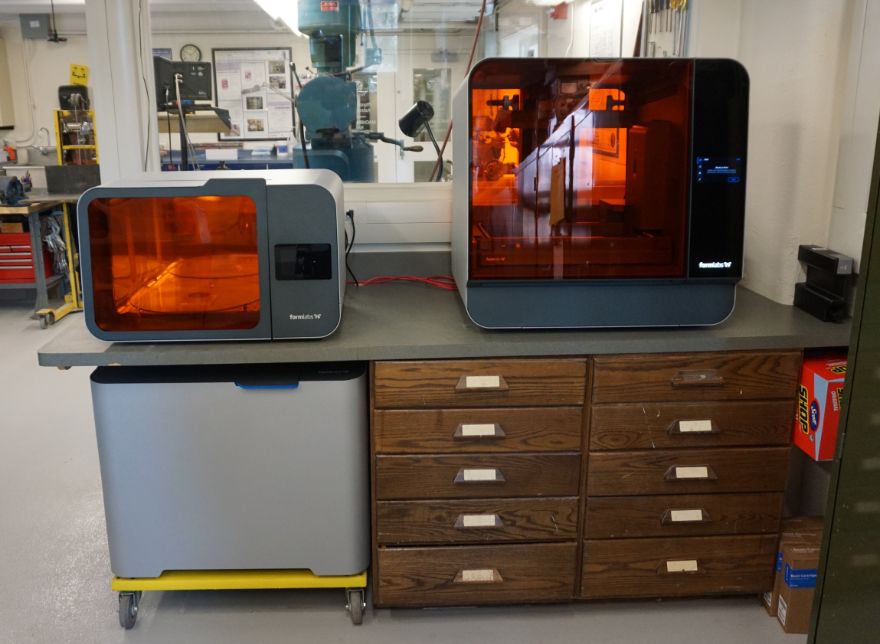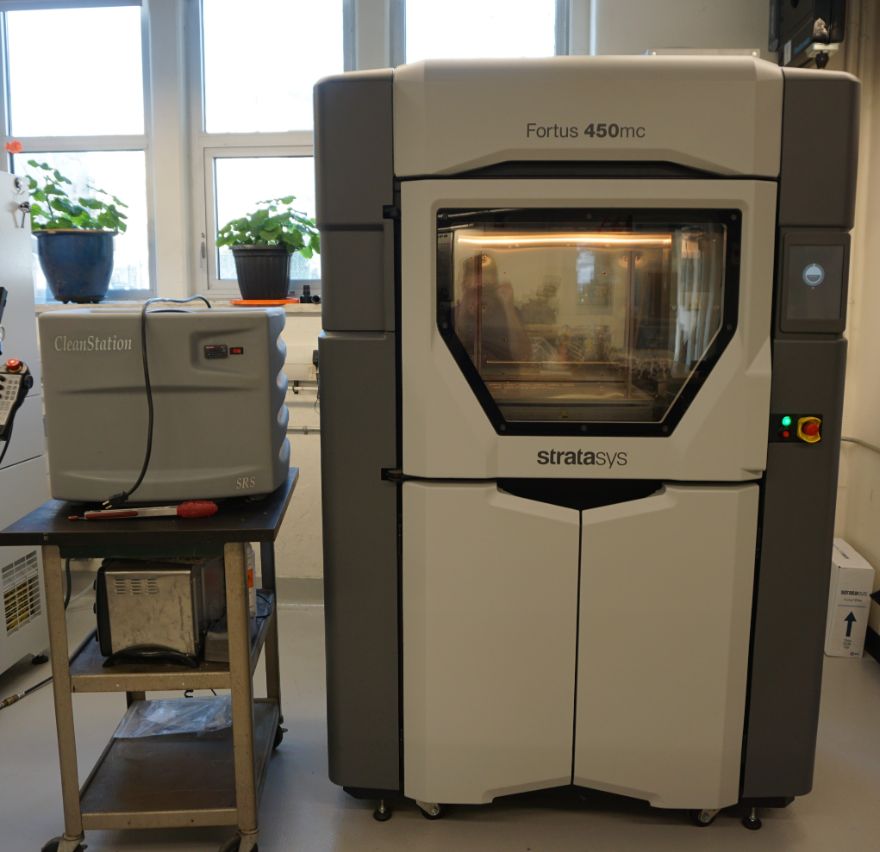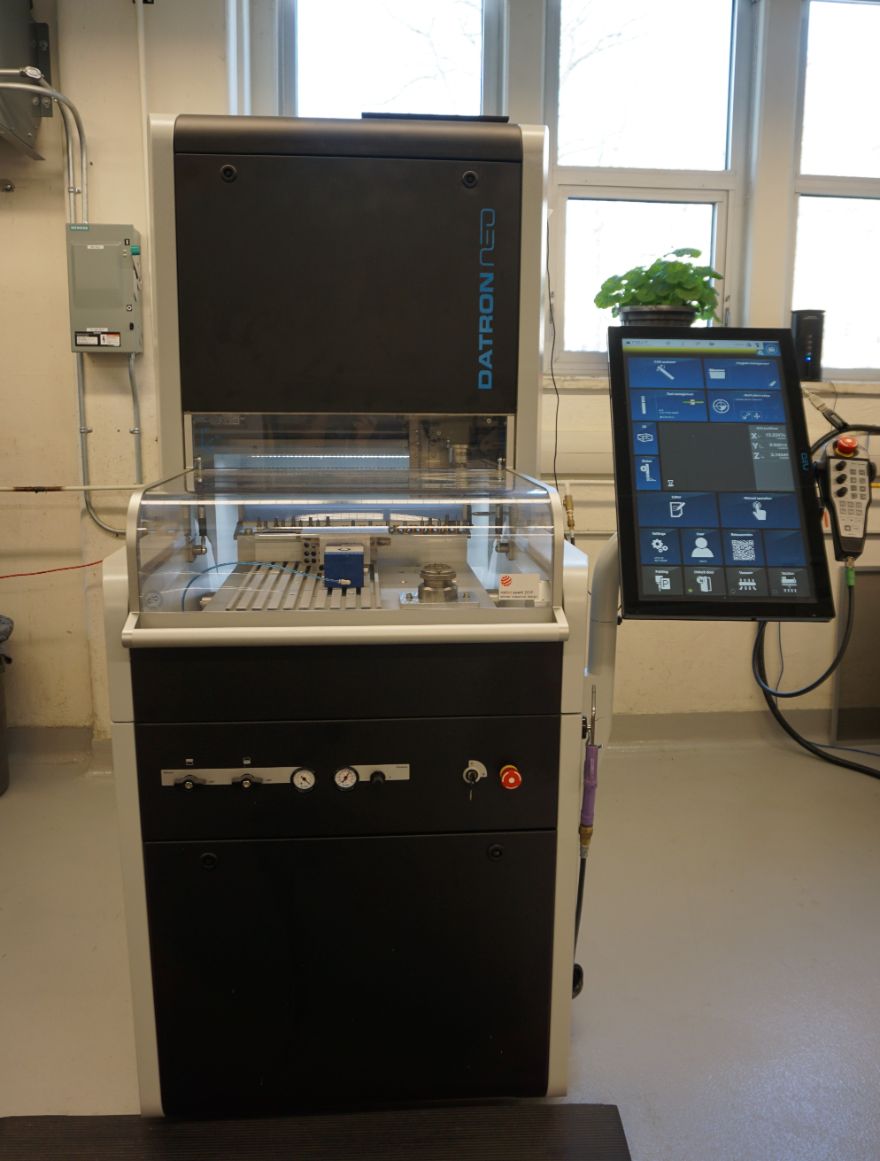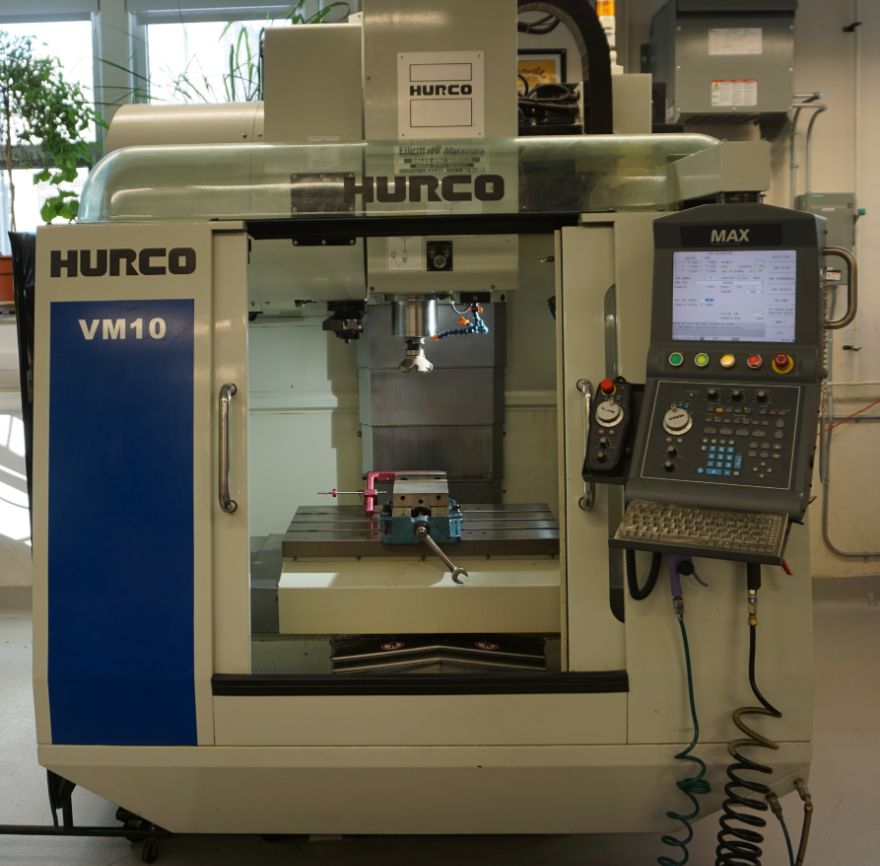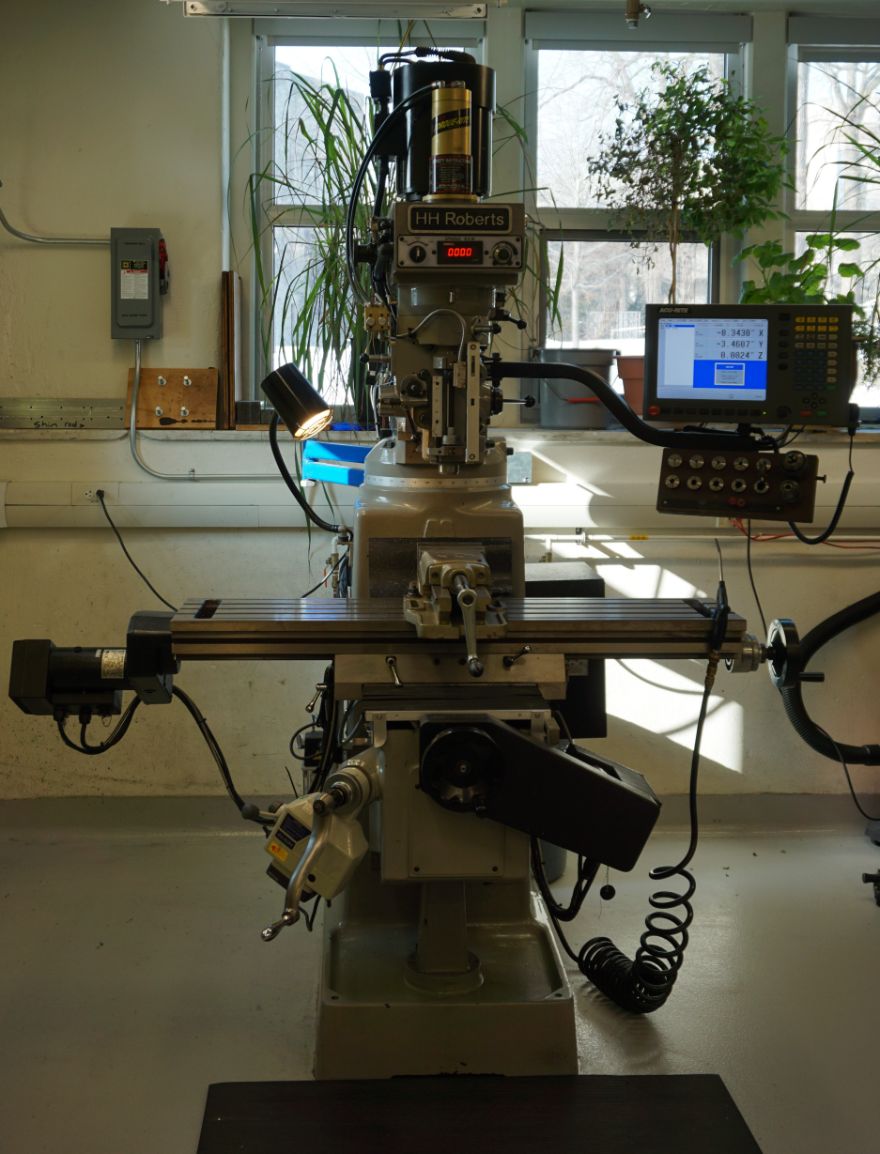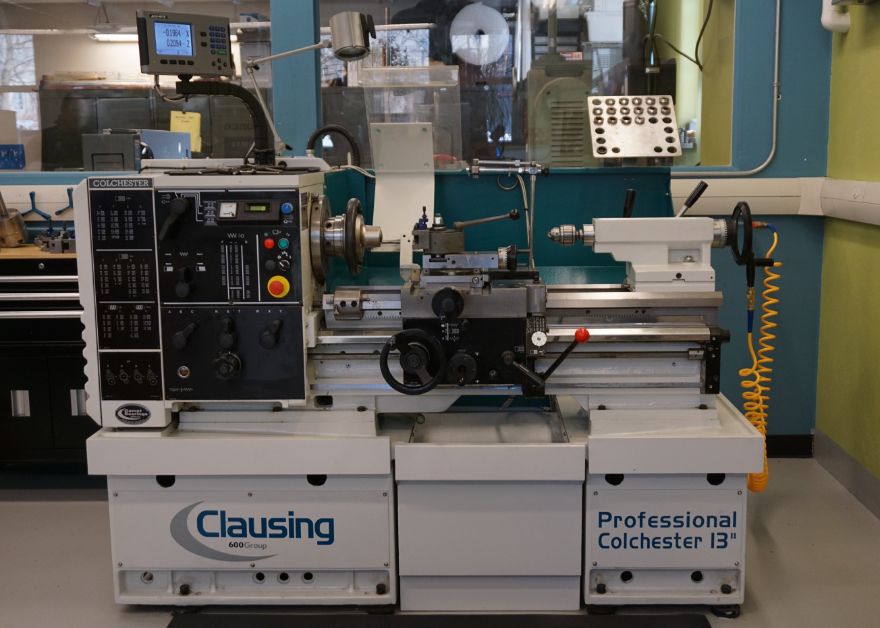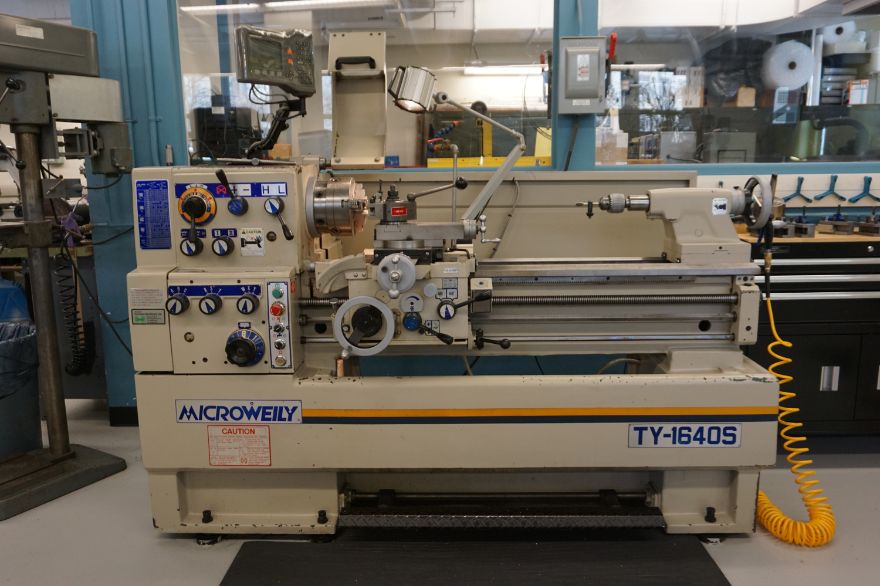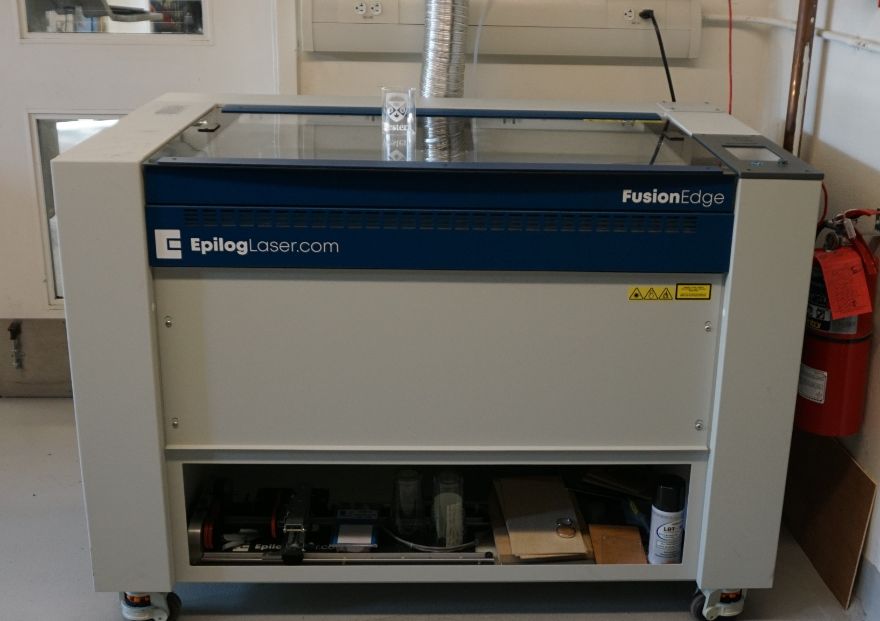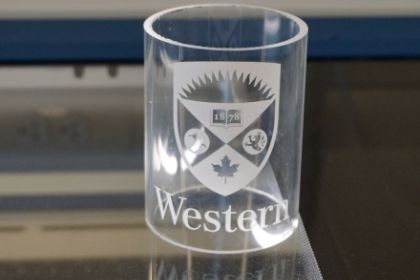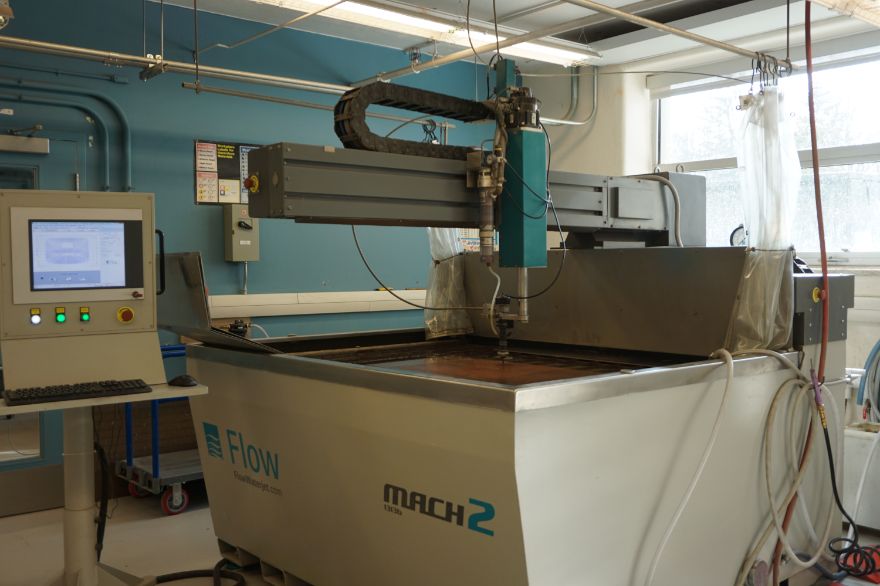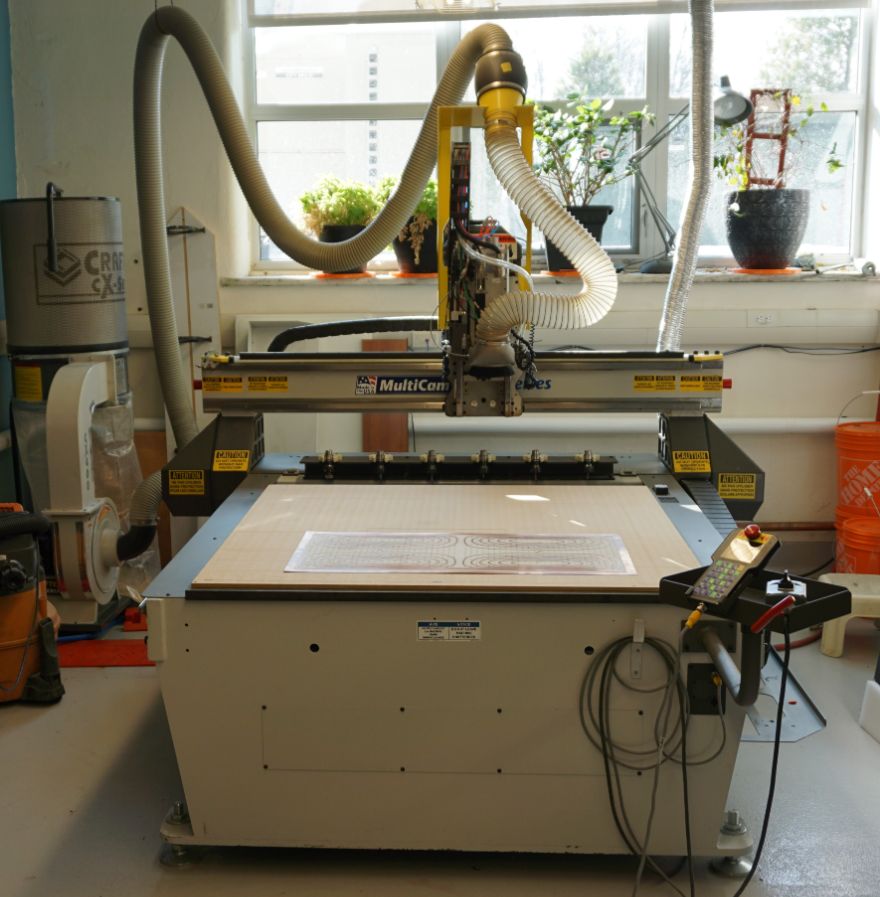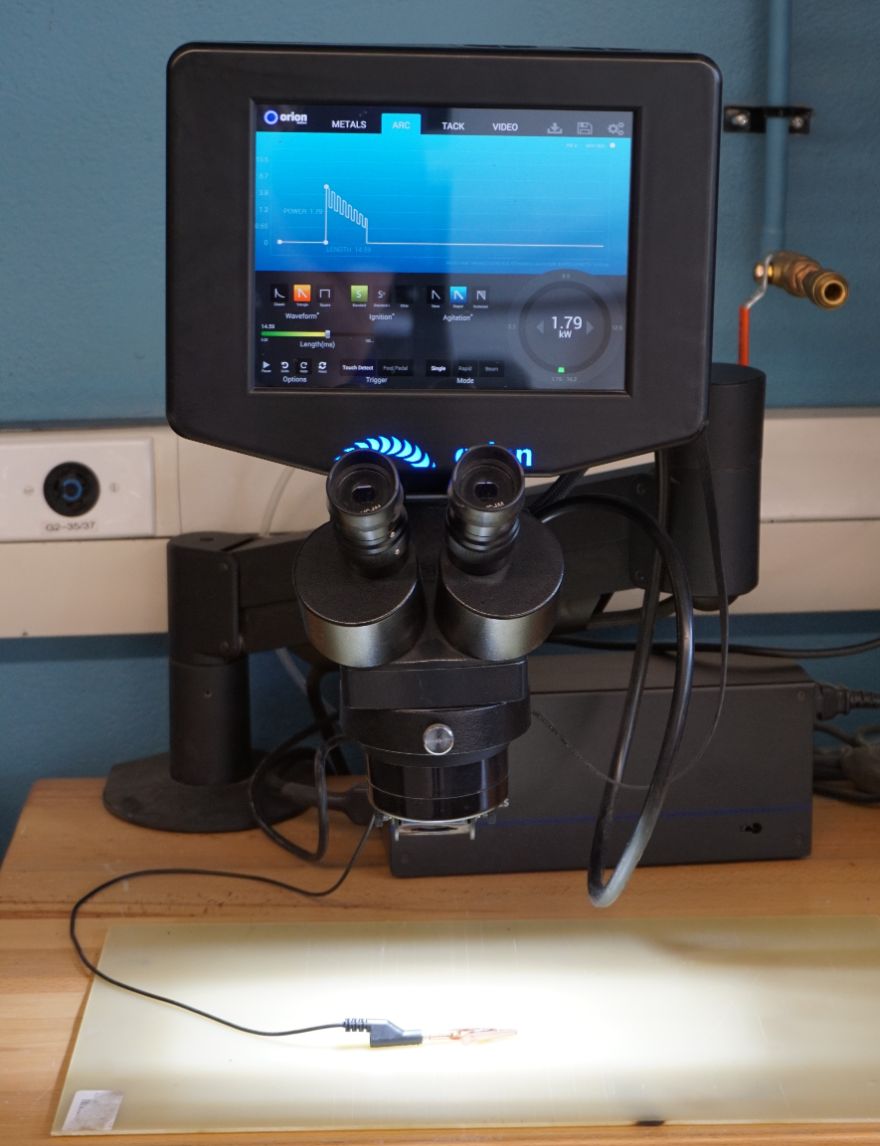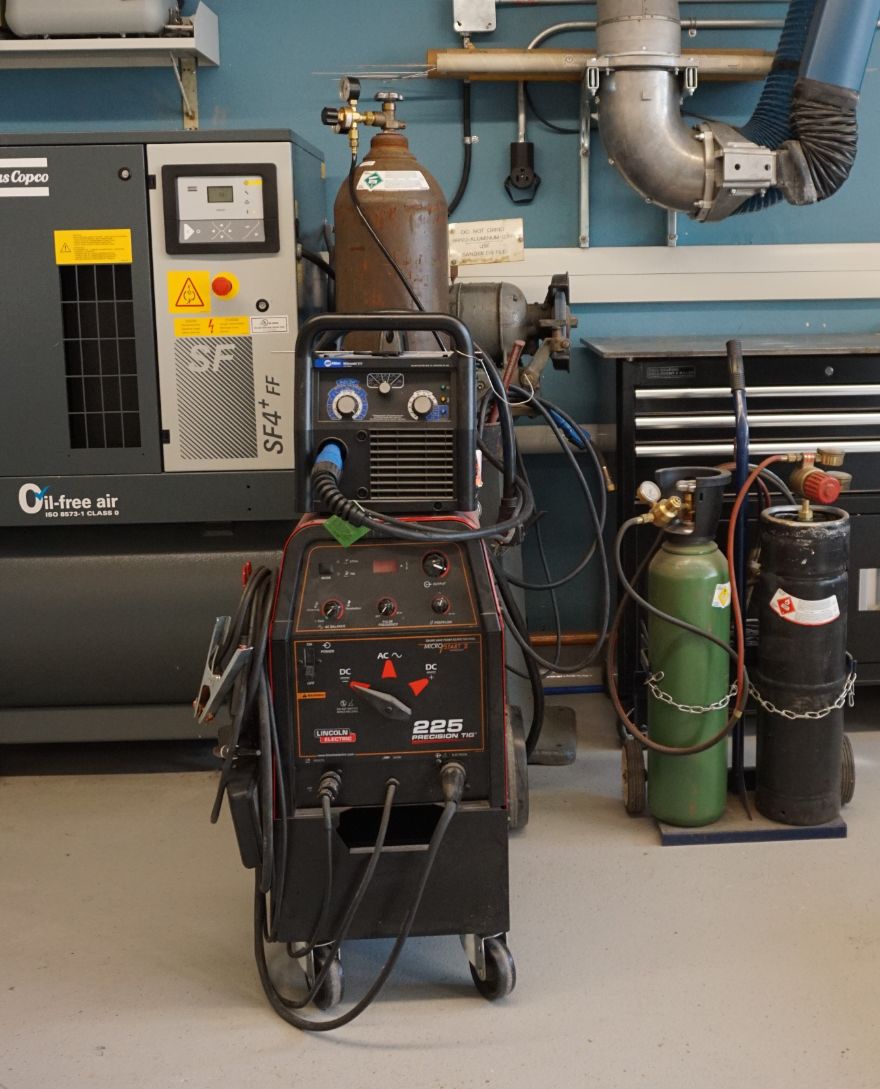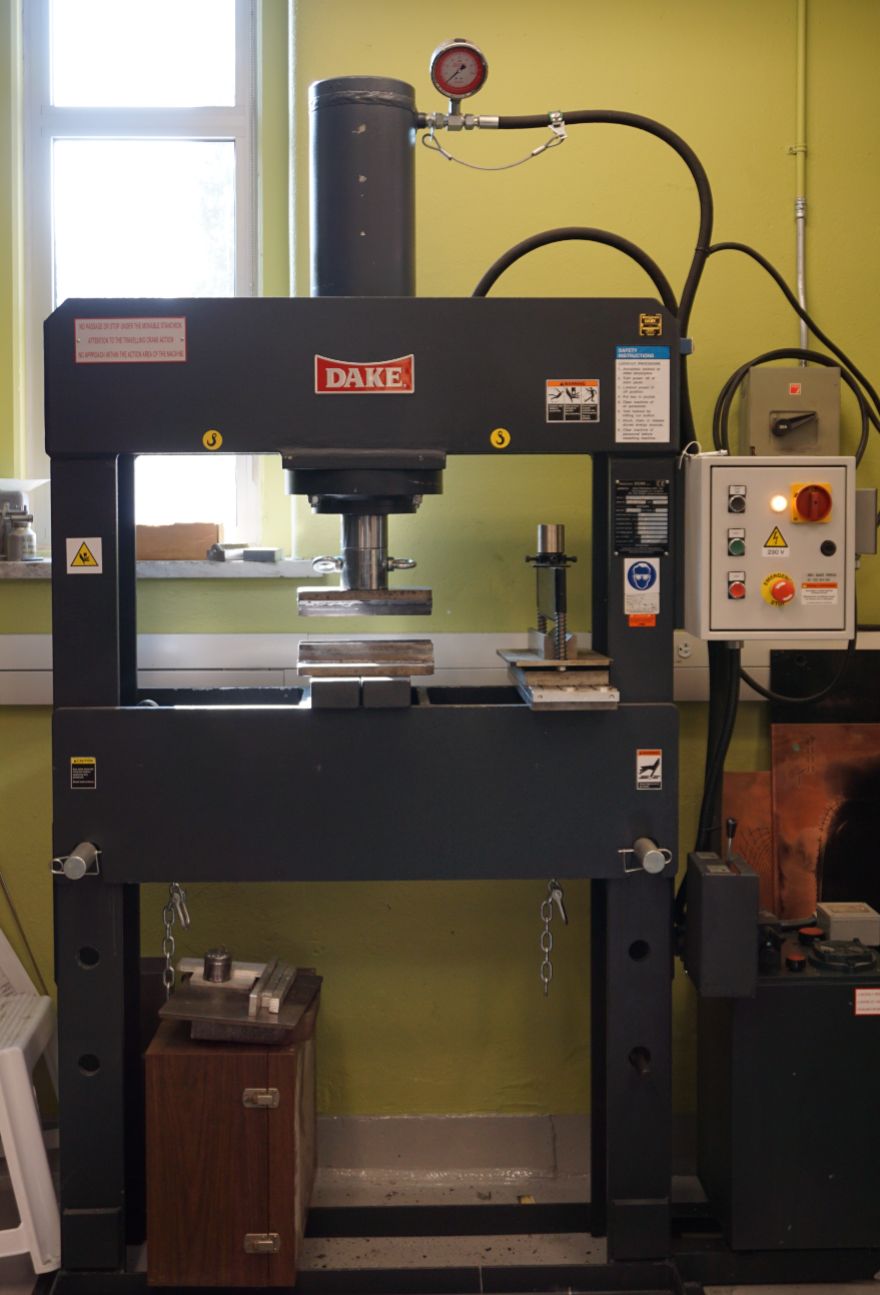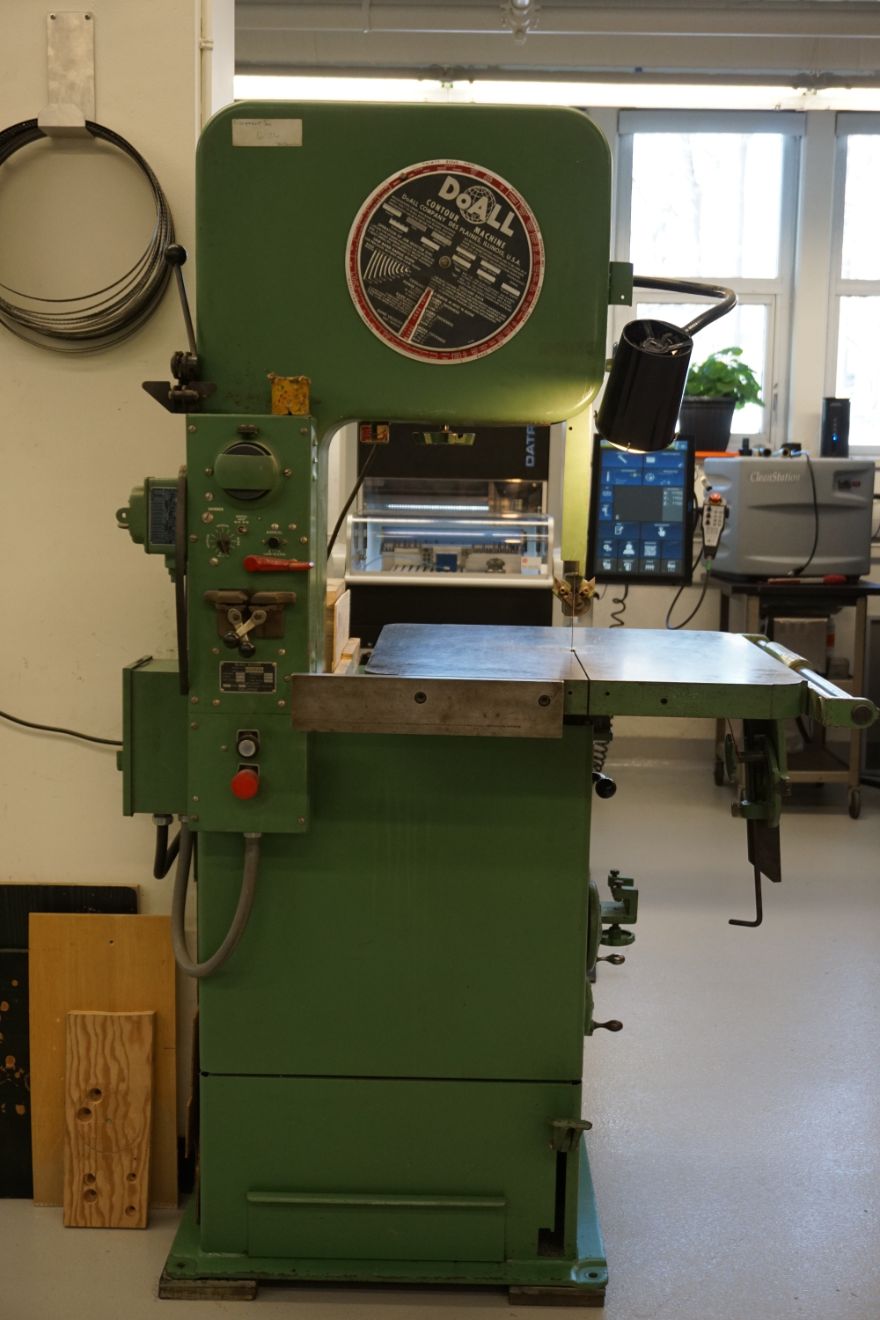Research Facilities
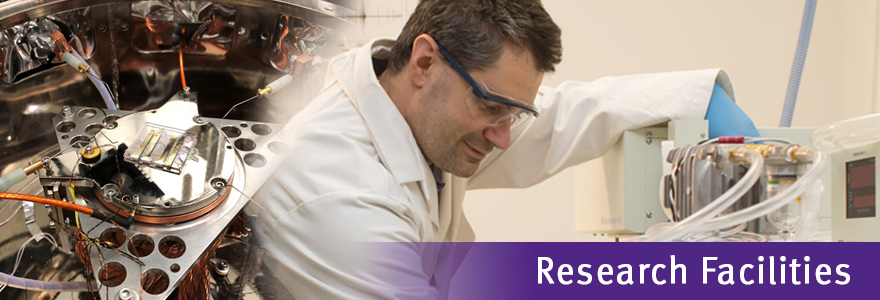
The Physics and Astronomy department has a fully equipped machine shop and electronics shop serving members of our department and the Faculty of Science by fabricating custom equipment for field and laboratory research needs. Individual researchers in the Department also have their own facilities and equipment, much of which is made available to other researchers on request.
Additional on-campus research facilities at Western that are available to members of the Department include the Tandetron accelerator, an ion beam research facility of Interface Science Western , as well as the Nanofabrication Laboratory , a well-equipped user facility operated by the Faculty of Science and housed in the Physics and Astronomy Building.
Surface Science Western is an independent research facility within the Faculty of Science, currently located in the Western Research Discovery Park . Western is also a node of SHARCNET , a high-performance computing facility that is used by several of our faculty.
Machine Shop
The Physics Machine Shop is a state-of-the-art facility dedicated to taking your laboratory experimental needs from concept through design and final fabrication. With our combined 55 years of experience in a research-intensive environment, we serve as an excellent resource to the Science community for building and maintaining scientific equipment and devices.
We offer computer aided design (CAD) and machining expertise that includes micro machining, CNC production, water jet cutting, welding, and 3D printing. Along with our various equipment, we also offer a wide range of expertise with different metals and plastics. The shop is centrally located on the lower floor of the Physics and Astronomy building. We welcome people to stop by and discuss their own project requirements. Our goal is to help researchers build precise and repeatable experiments.
We are here to solve your research challenges!
Contact Information
Mr. Brian Dalrymple
Rm. 6 Physics and Astronomy Bldg.,
519-661-2111 ext. 84045
Mr. Frank Van Sas
Rm. 6 Physics and Astronomy Bldg.,
519-661-2111 ext. 84045
Services
- 3D Printing and design (stereolithography and fused deposition format printers)
- CNC milling
- CAD services
- Manual milling & manual turning
- Surface grinding
- TIG, MIG and oxyacetylene welding of steel, aluminum, and stainless steel
- Orbital welding
- Brazing, soldering and spot welding
- Sheet metal shearing, punching, rolling and bending
- Glass bead blasting
- Woodworking
- Waterjet cutting
Fabrication Equipment
Stereolithography (SLA) 3D Laser Printer
13" x 8" x 12" build envelope in the following materials.
Fused Deposition Modelling (FDM) 3D Printer
16" x 14" x 16" build envelope in the following materials.
Micro CNC Milling Machine
Endmills down to 90 µm
CNC 3-axis Milling Machine
26” x 16” x 20” work area with a 20 tool changer
2-Axis Milling Machine
Precision Lathe
Tool room lathe with collets
Engine Lathe
With 16" over the saddle swing
Laser Engraver
Capable of cutting and marking plastics, wood, and coated metal up to 24" x 36"
Sample capabilities:
Water Jet Machine
Capable of cutting any material up to 48" x 48" in area, up to 8" thick
Sample capabilities:
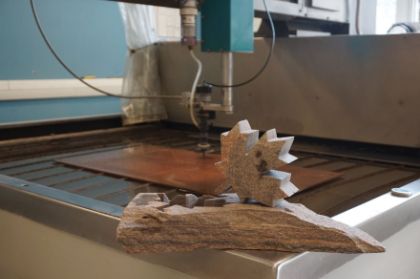
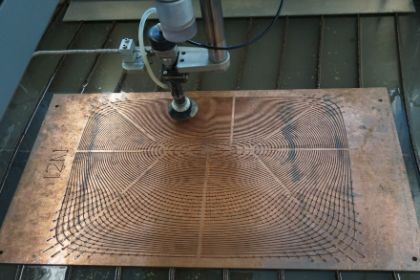
Flatbed Router
With vaccuum table, suitable for flat material sheets up to 48" x 48"
Micro Welding and Spot Welding
Welding
TIG, MIG and oxyacetylene welding steel, aluminum, and stainless steel
Hydraulic Press
70,000 ton capacity
Horizontal Bandsaw
Vertical Bandsaw
Available Materials
Our stocked materials include the following:
- Metals
- Aluminum
- Brass
- Copper
- Stainless Steel
- Exotic Alloys - remnants
- Nuts, Bolts, Washers
- Brass
- Nylon
- Steel
- Stainless Steel
- Performance Plastic
- Acrylic
- Delrin
- Teflon
- Other materials - subject to availability
Rates
The hourly rates for work done in the shop are $35 per hour for projects across the Faculty of Science.
Student Shop
The student shop is open to:
- Faculty and Research Staff
- Students associated with the Physics Department
- Technical Staff from the Physics Department and associated research groups
All users of the student shop will tour the facilities and have their knowledge of workshop experience assessed by the machine shop staff. Users will be given hands-on instruction to safely and correctly operate the variety of equipment that is available.
Although there is no formal training course offered, the machine shop personal will guide and assist the user at all stages of his/ her project ensuring that the components that are being machined are within their skill level.
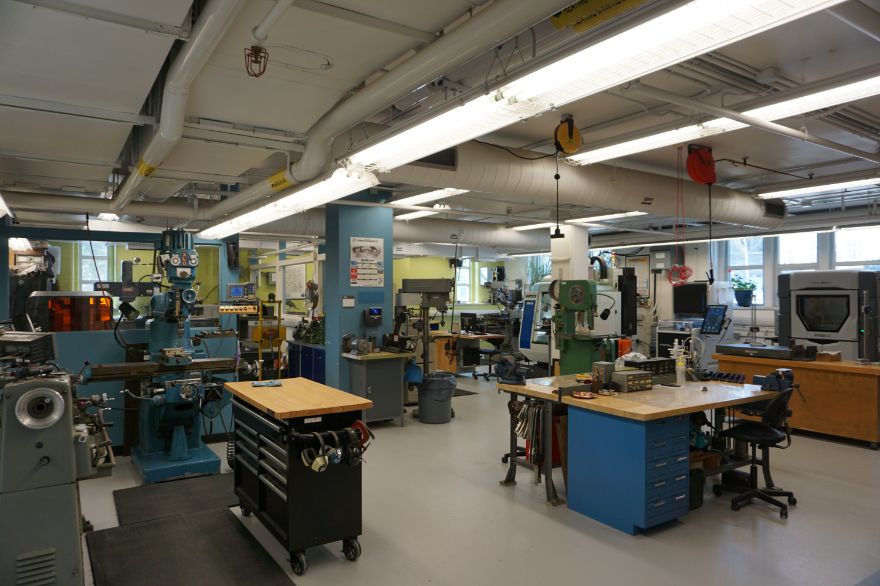
Student Shop Hours: 8:00 a.m. - 12:00 p.m. & 1:00 p.m. – 4:00 p.m.
Electronics Shop
The Physics and Astronomy Electronics Shop is available to assist in the design, fabrication, and maintenance of electrical equipment for labs and research. Our shop will design and build new components for your research application or repair your existing specialty equipment at the heart of your existing setup to keep your experiments running.
Contact Information
Mr. Paul Christiaans
Rm. 28 Physics and Astronomy Building
519-661-2111 ext. 86434
Services
- Application-specific systems
- PCB design and assembly
- Custom cables
- Microcontroller programming
- Power supplies
- Sensors and actuators
- Repair and maintenance of equipment
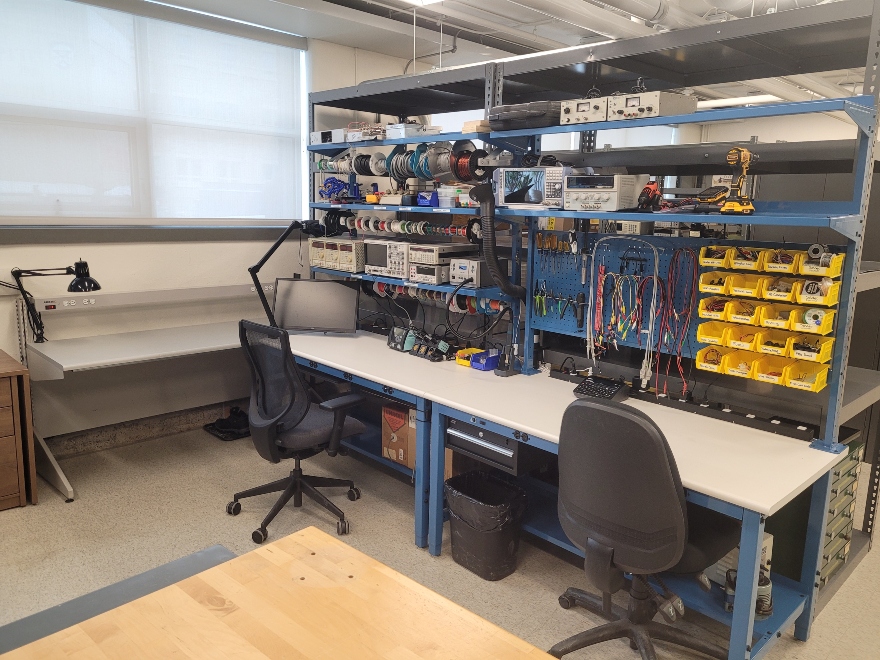
Rates
Shop rates are $35/hr across the Faculty of Science.
Maker Space
A new research facility within the department conceived for use primarily by undergraduate students, the Physics and Astronomy Makerspace allows developing scientists the opportunity to investigate projects of their own design. Through integration with upper-year laboratory courses, students receive training within this facility and can then access it themselves to make use of equipment including a 3D printer, CAD stations, electronics testing and fabrication equipment, as well as project components and materials necessary to bring their experiment from concept to completion.
The Elginfield Observatory
The Elginfield Observatory is located 30 minutes north of campus. The 1.2m telescope at Elginfield was extensively used until 2010 when operations ceased. Today, the facility continues to be used by the Physics and Astronomy Meteor Physics Group (Brown, Campbell-Brown, and Wiegert) for their robotic and automated camera systems consisting of the Canadian Automated Meteor Observatory , all-sky video cameras of the Southern Ontario Meteor Network , and testbed cameras from the Australian Desert Fireball Network and NASA Meteoroid Environment Office . In the immediate future, three additional robotic observatories are being built at Elginfield as part of a CFI project led by S. Metchev.
Together with other groups from Western, Elginfield has become a focus for operations and testing for robotic and autonomous systems. Additional departments making use of the Observatory grounds include Earth Sciences (for seismic work), Biology (field studies of plants and animals), Engineering (rover testing and field testing of the Engineering Baja vehicles), and Psychology (bird studies).
Environmental Sciences Western Field Station
Environmental Sciences Western is a Faculty of Science Field station located approximately 20 minutes from campus. Primary users from Physics and Astronomy are W. Hocking, who has a radar system (CLOVAR) for measuring atmospheric winds and R. Sica, who has a lidar system (laser radar) which measures atmospheric composition, temperature, and aerosols.
Environmental research is conducted by other groups from the Faculty of Science including Biology and Earth Sciences, along with researchers from the Faculty of Engineering, Agriculture, and Agri-Food Canada.
Other Off-Campus Facilities and Research Locations
Across Ontario, Brown operates an array of cameras, radars, and infrasound detectors for meteor detection. Hocking operates a network of radar systems around the world for making measurements of atmospheric dynamics. Sica operates a network of five micro-pulse lidars which measure clouds, aerosols, forest fire smoke and volcanic ash, and is also involved in the Polar Environment Atmospheric Research Laboratory, a facility located in Eureka, Nunavut.

